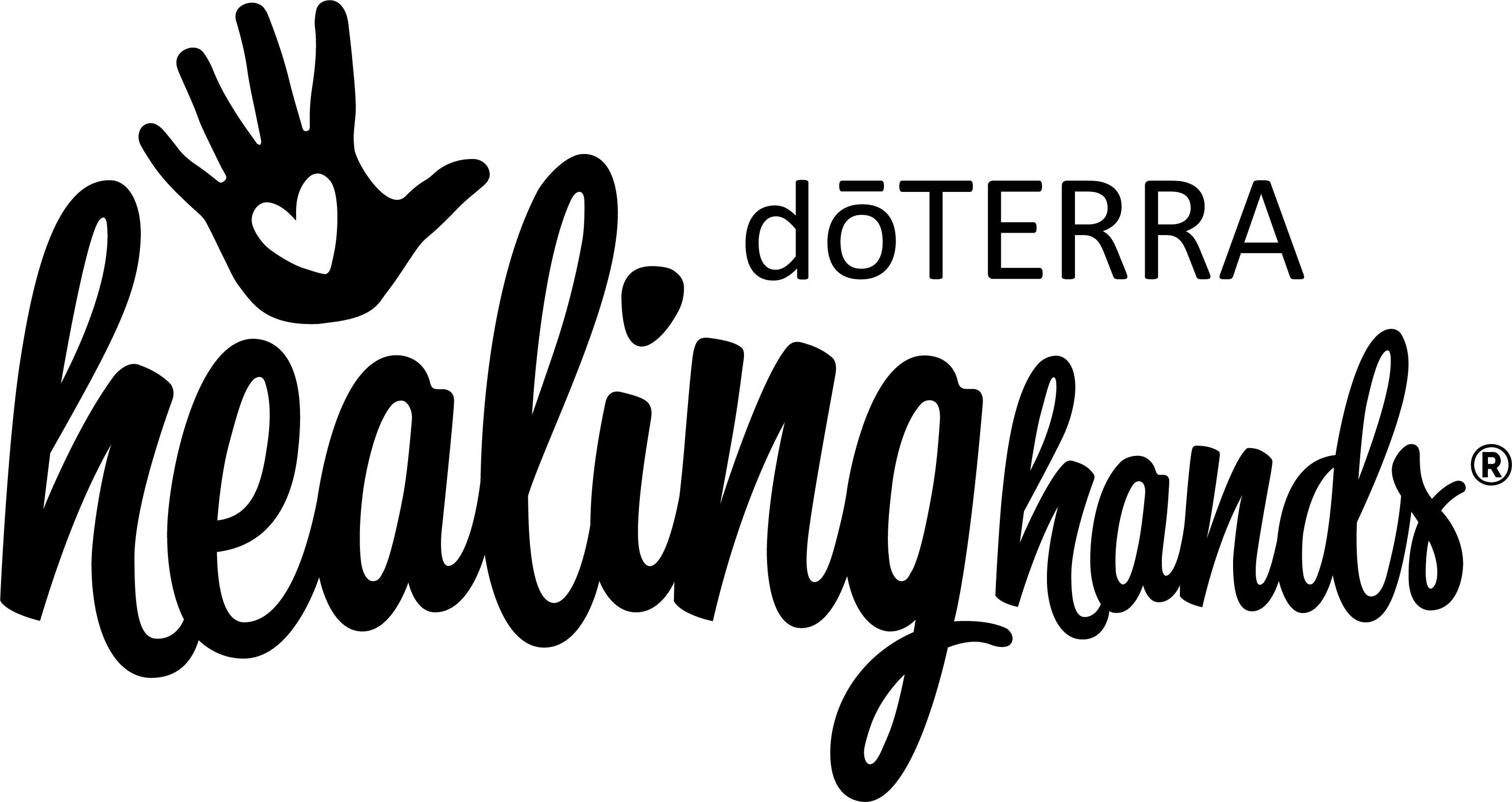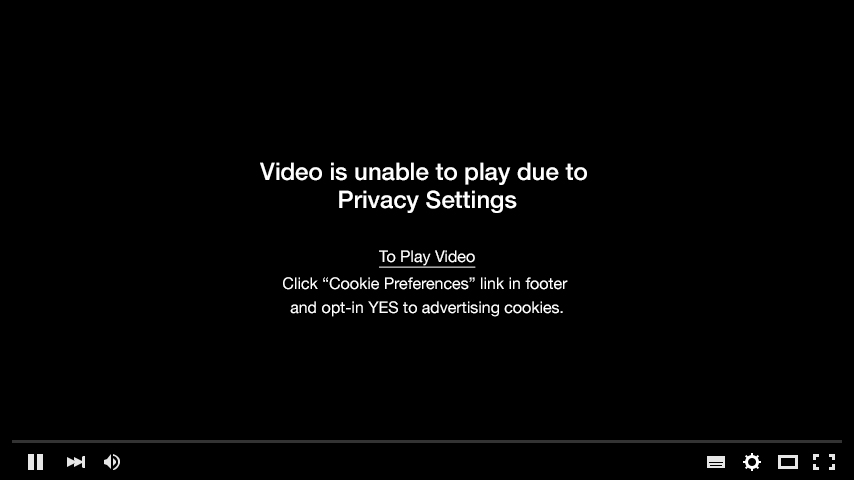Clean Water & Sanitation
The universally important goal of accessible, dependable, clean water is not a reality for much of the world’s current population. The downstream effects of clean water mean that many diseases and illnesses can be avoided or minimized. It may mean that those who are tasked with carrying water daily can be free to earn wages or attend school. It may even mean that industry and jobs previously not possible become a reality. There is no underestimating the importance of this simple, but life-changing factor.
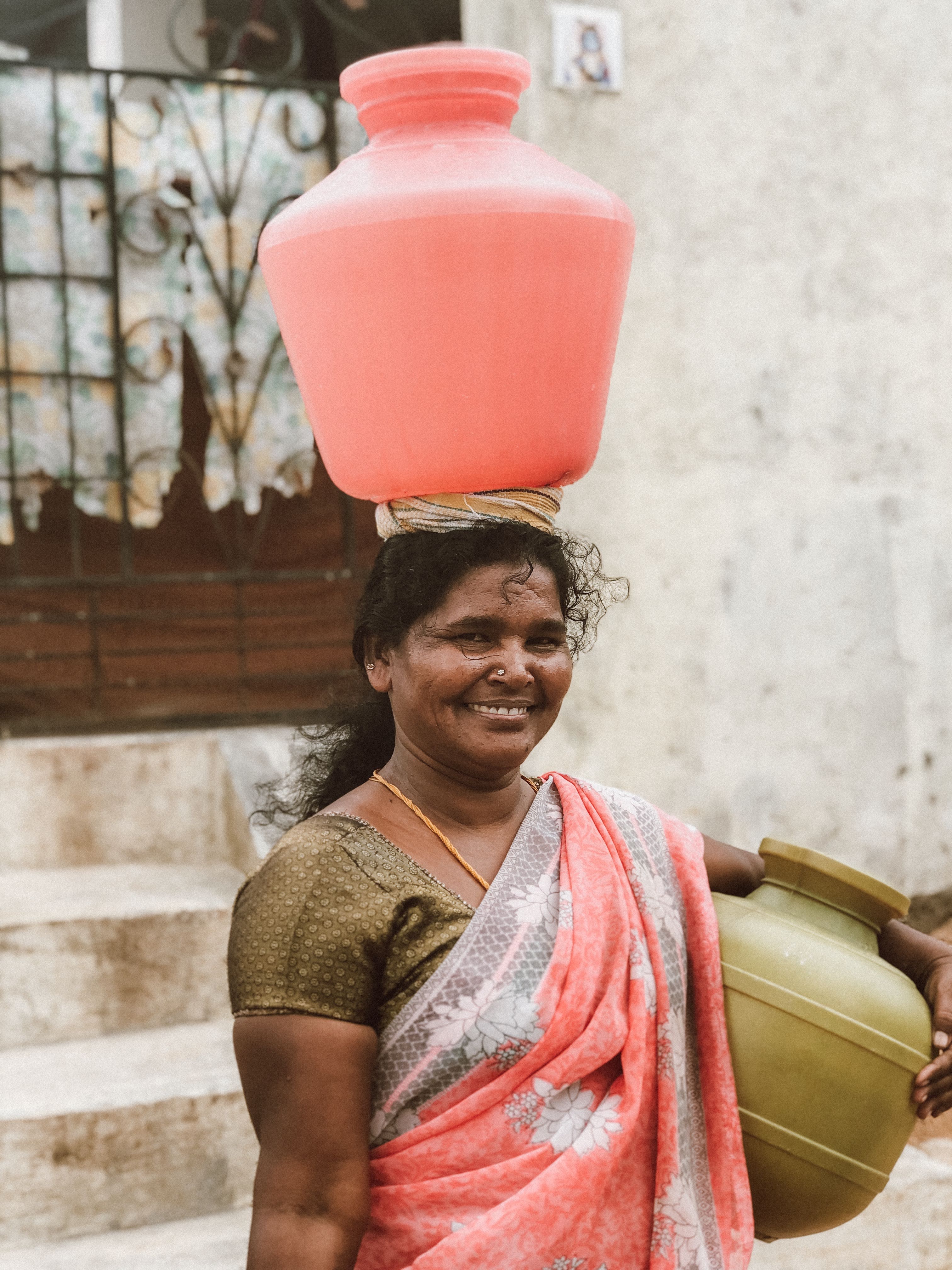
Did You Know?
An estimated 2.5 billion people (35% of the world’s population) lack access to improved sanitation and 785 million people lack basic drinking water. As a result, many people are at risk for preventable diseases or deaths. By providing clean water to communities around the world, we not only improve the health of those communities but also empower children to attend school and receive an education instead of fetching daily water.
Dirty water kills more people every year than all forms of violence, including war.
-
Lack of sanitation is the leading killer of children under 5 worldwide with an estimated 801,000 perishing each year form diarrhea.
-
Women and children who have to travel to collect water every day don’t get to spend that time working or getting an education.
- Access to clean water is empowering! Improved water sources and sanitation reduce diarrhea morbidity in communities, allowing them to focus on other important things like development, education, and sustainability.
Sources:
WHO: https://www.who.int/news-room/fact-sheets/detail/drinking-water
“If you’re not aware of it, it’s hard to have any type of compassion.” Listen to doTERRA Healing Hands Foundation and Clean Water
What Can I Do?
Because most everyone in developed countries has access to clean water, it can be difficult to feel connected to the problem or to know exactly what you can do to help bring clean water to communities that don’t currently have access. Many of us don’t have the time, money, or resources to put together expeditions to in-need communities to drill wells there. Here are a few things you can do to help:
Educate yourself.
The more you know and are aware about the global clean water & sanitation crisis, the better able you are to offer assistance.
-
Read up. A place to start is by reading the book Thirst by Scott Harrison, founder of Charity Water or visiting the Charity Water website (charitywater.org).
-
Find out what it’s like for Selam, a girl in Ethiopia who has to walk 8 hours each day to get water for her family by watching THIS VR VIDEO.
-
Learn about water filtration systems. Many organizations around the world rely on installing slow sand filtration systems to purify water in communities where access to electricity or chemical purifying agents are unavailable. Learn more HERE.
- Learn more about the how and why of effective altruism HERE.
Participate in a project.
Working with leaders in doTERRA Co-Impact Sourcing communities, dHHF has provided clean water and improved sanitation to several underprivileged areas. You may consider participating in The Match program or donating to a Wellness Advocate matching project supporting a clean water or sanitation initiative. Search for one HERE.
Conserve water in your own home and life.
You and your family can be part of the solution by taking stock of how much water you’re using and wasting, and conserving water where you can.
-
Use THIS interactive water calculator to see how much water you’re using in your day-to-day life
- Review THESE simple ways to conserve water in your own life and home
Do a DIY project.
Here are some fun projects you can do at home to give you “hands-on” experiences exploring how developing communities are working to address clean water and sanitation challenges.
-
Tippy-Tap - Many communities around the world who don’t have access to clean water use a tippy-tap to support basic sanitation practices. (If these communities also don’t have access to clean water for hand-washing, they can boil the water for the tippy-tap over a fire first.) Try building your own at home HERE.
- Sand Filter – Now that you know all about sand filtration systems from the “Get Educated” section, make one of your own HERE.
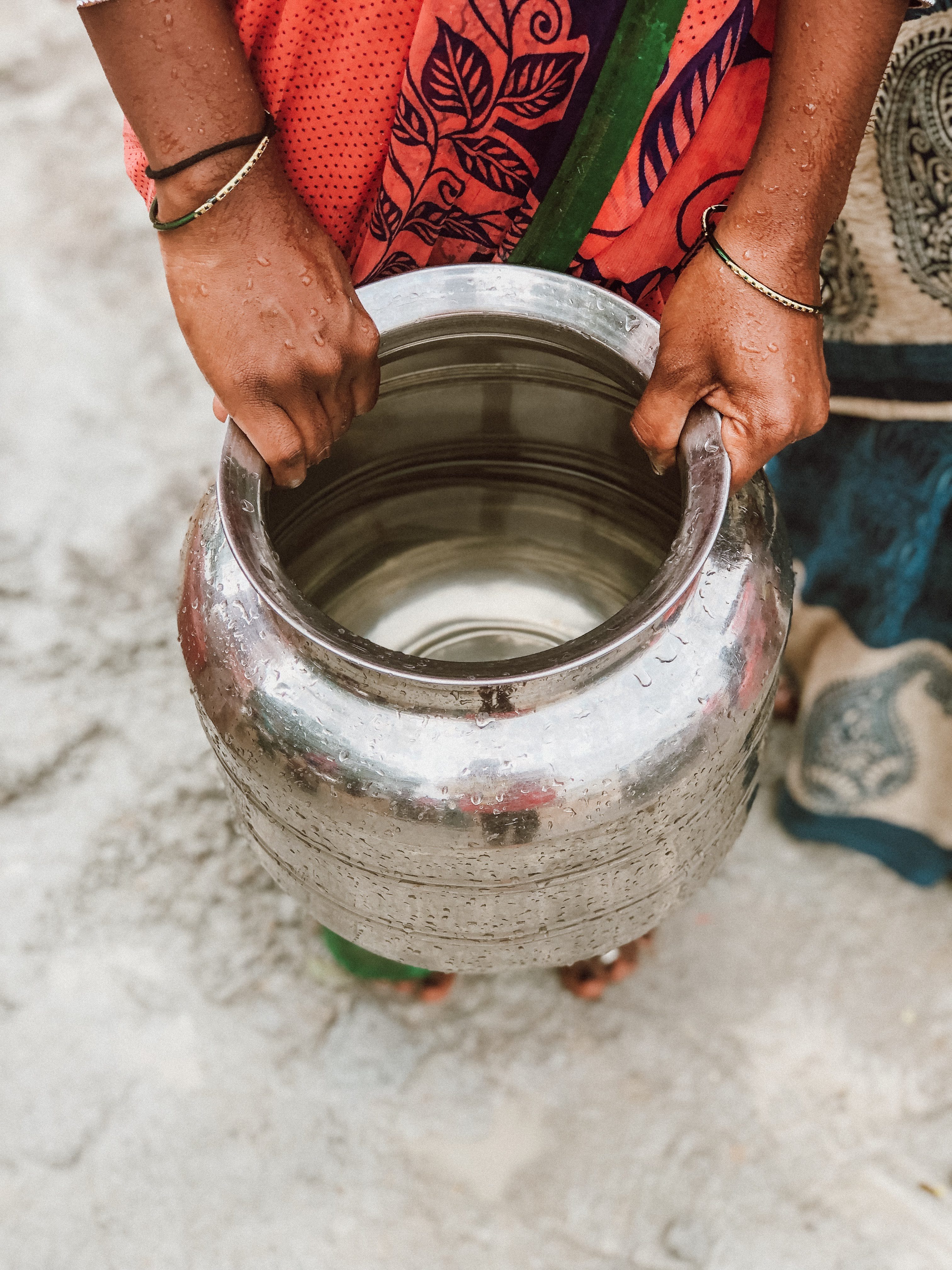
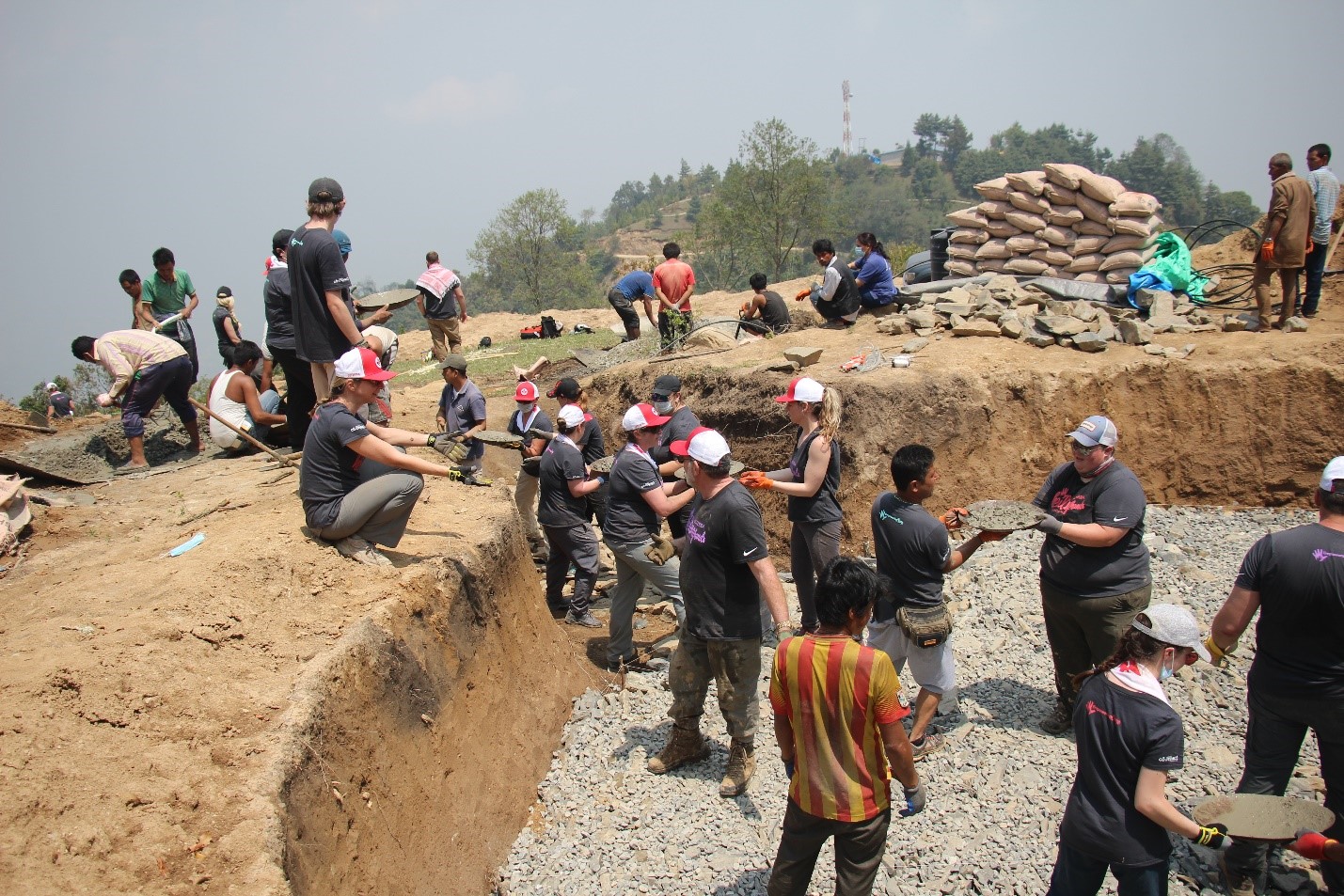
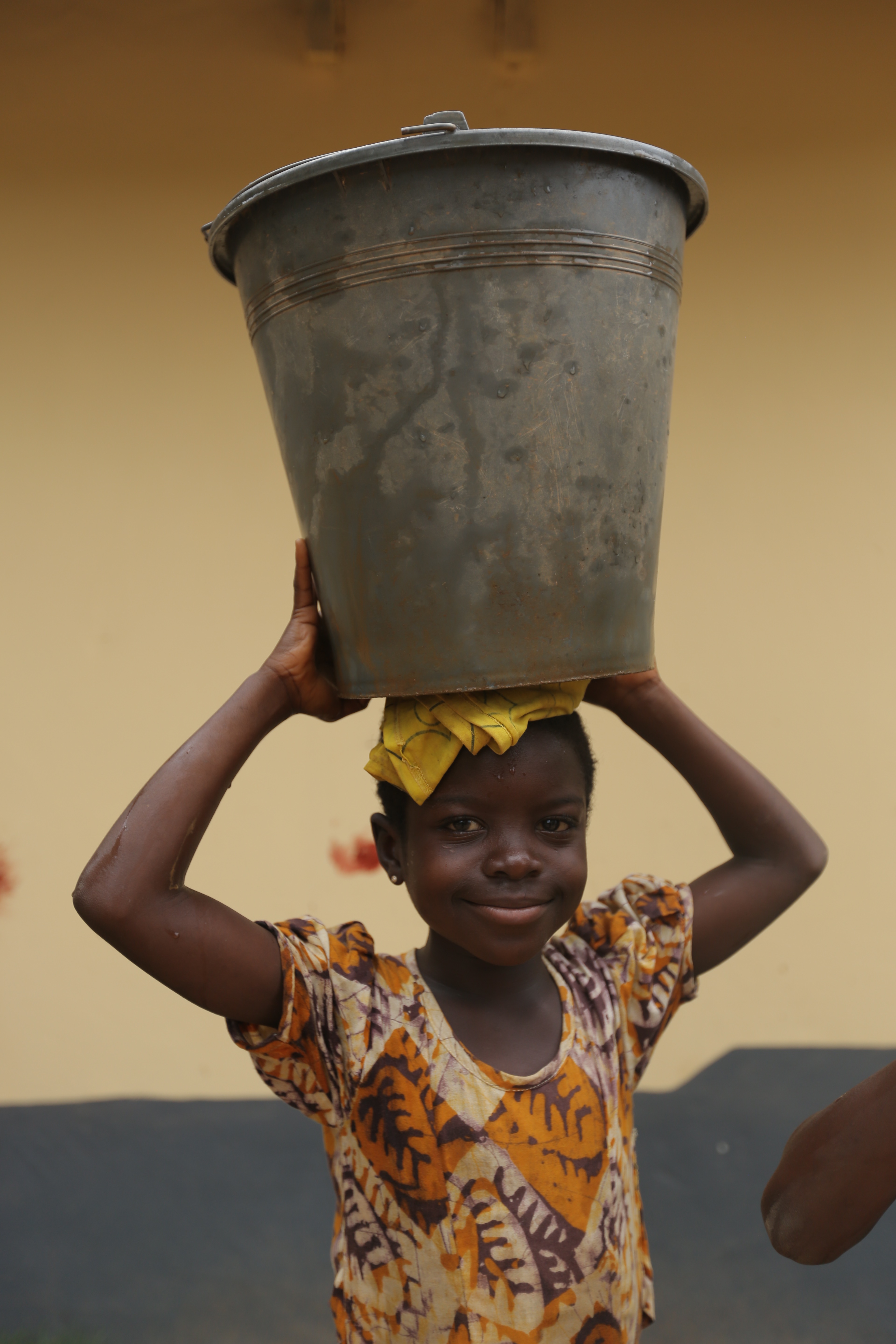
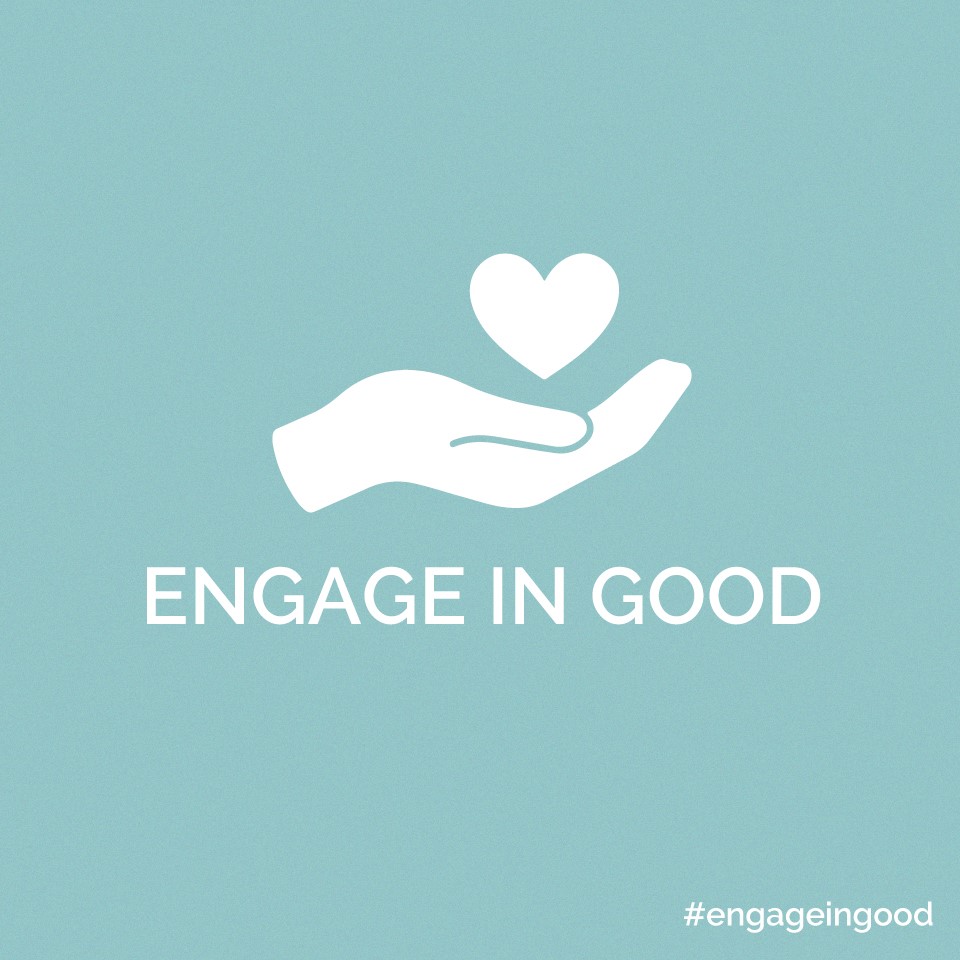
Join the dHHF Team!
Share what you’ve learned or a way you have taken action on social media. Make sure to include #EngageInGood on your post.

